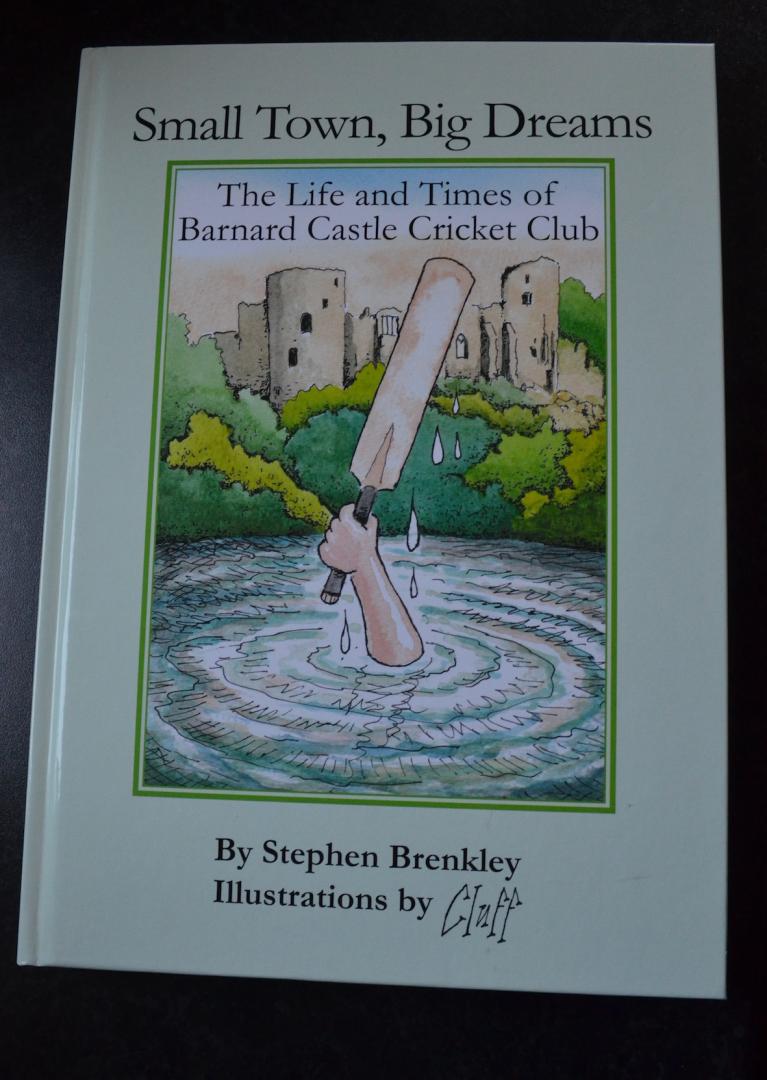BOOK REVIEW
IN a long and accomplished career as a journalist, Stephen Brenkley spent more than two decades following England’s finest cricketers across the globe.
A memoir of adventures at home and abroad with these players – some of who remain household names long into retirement – would have been an easier (and probably more lucrative) option.
Instead, Mr Brenkley has spent the past four years working on his meticulously researched book Small Town, Big Dreams – The Life and Times of Barnard Castle Cricket Club.
It has been very much a labour of love and a book Mr Brenkley was destined to write since first penning match reports for the Evening Despatch Pink ‘Un, in Darlington, as a 14-year-old in the mid-1960s.
Having returned to Barney for good after spending much of his career elsewhere, Mr Brenkley says it was always in the back of his mind to “delve into the club’s past” .
The result is a terrific book.
This is not a cricket book in the traditional sense – you really do not have to be a fan of the game to enjoy Mr Brenkley’s easy prose.
Yes, you will learn about the club, from its early days playing games in a farmer’s field at Marwood, through to its current triumphs – but it is the people who shaped both town and club that are the stars of the show.
Pretty much everyone who has played for Barney over the years – modern day pros notwithstanding – has done so for pleasure and leisure, not to pick up a pay check.
Reading about them is a joy. Many made their mark either in Barney or wider society.
Take, for example, teacher John Joseph Bailey, described by the author as the father of Barney cricket and a man who transformed hundreds of lives when he came to work in the town as a headmaster.
Then there was Charles Welford, who became the town’s medical officer in 1915 “banging on” about the need for better quality houses to improve the lives of the poor.
Eventually, 15 years later, the urban district council built 30 new homes – having been told 577 people needed to be rehoused.
Sitting alongside these figures of yesterday are faces still familiar at Vere Road, the likes of Johnny Walker, Ian Swinburn and the Stanwix brothers, David and Michael.
It is also interesting to read how those overseas amateur players who have found a temporary home in the town, have richly benefited from the experience.
Mr Brenkley has produced a brilliant browser written in entertaining style.
A special mention should go to Stephen’s wife Dorothy, an equally accomplished journalist, whose editing and design skills have helped produce such a throughly good read.
For anyone interested in the town, the club and those who have helped shape both, this book is a must.
Stuart Laundy






